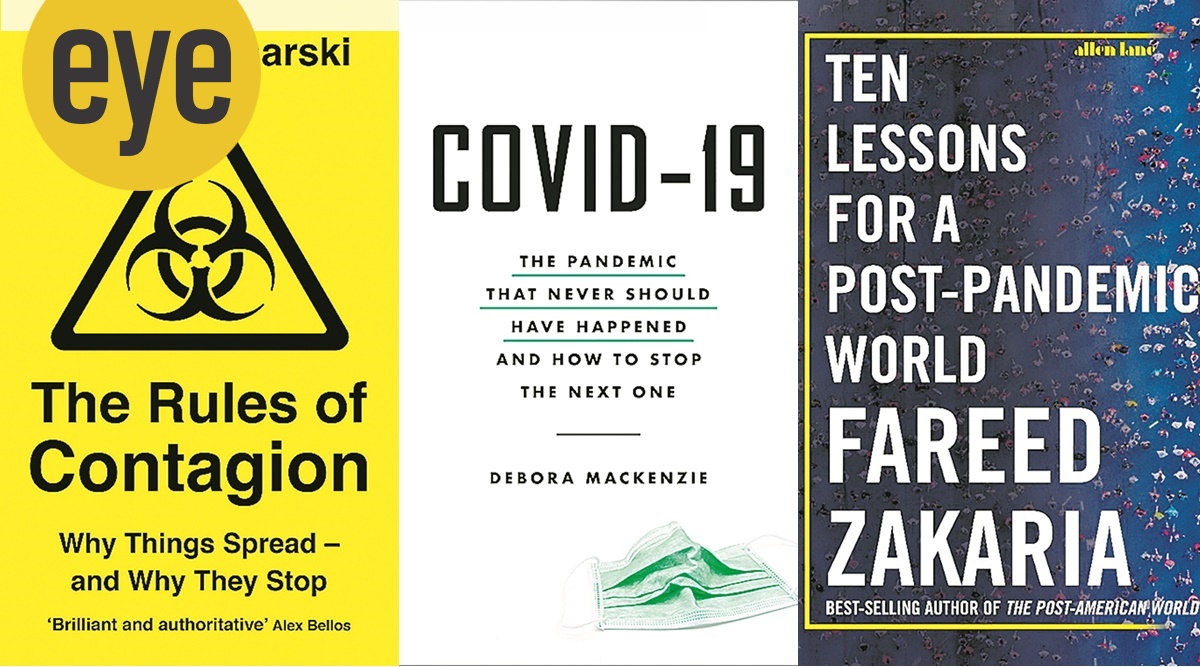 Know more about the current setting with these books.
Know more about the current setting with these books. COVID-19: The Pandemic That Should Never Have Happened, and How to Stop the Next One
Debora Mackenzie
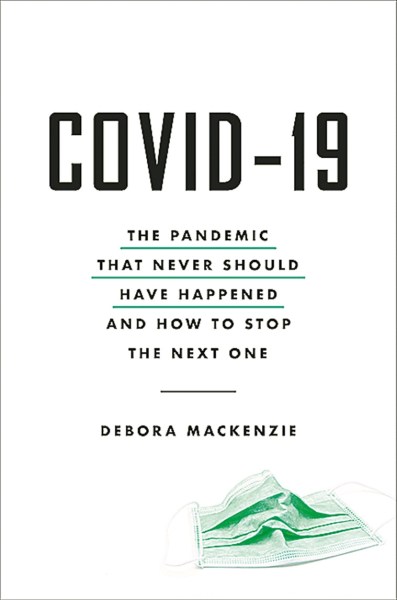
Mackenzie, a science journalist, has been writing about infectious diseases for three decades and her authority shows in this comprehensive book about the COVID-19 pandemic. She begins with the origins of SARS-COV-2, the virus behind the disease, and proceeds to explain how zoonotic diseases like this develop and why overcoming them in the past, such as during the 2002 SARS epidemic, has largely been a matter of luck. The last chapter is particularly useful, as it gives a point-by-point approach for the future, including suggesting alternatives to the profit-driven approach to epidemiological research.
Ten Lessons for a Post-Pandemic World
Fareed Zakaria
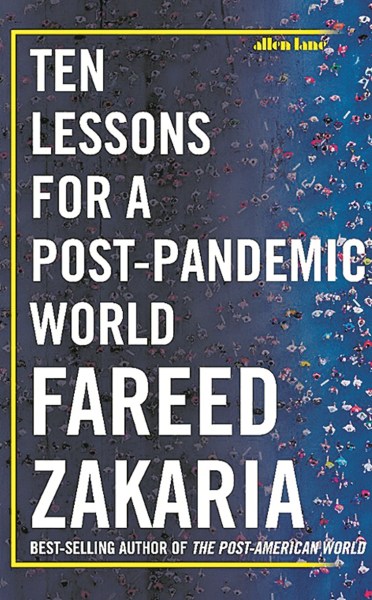
What shape should the world take once we’re past this challenging time? This is the key question that journalist Zakaria seeks to address in his new book, as he slices away at many assumptions about which political, economic and social solutions actually make a difference. What he uncovers indicts some of our most cherished ideas — free market, elite “meritocracy” etc — but also holds hope for redemption.
The Rules of Contagion
Adam Kucharski
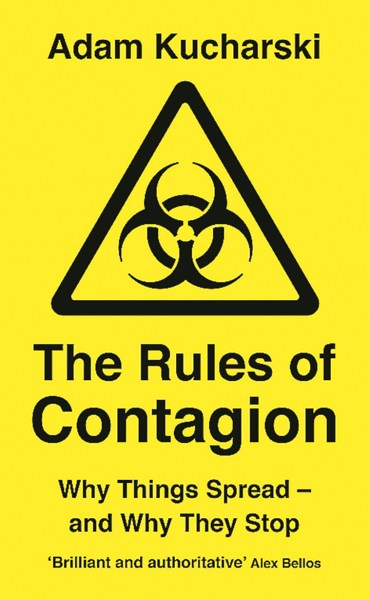
While Kucharski, a British epidemiologist, traces the history of various contagions through history, in this book, he’s not as interested in the pathogens themselves as he is in the networks through which they travel and the factors that dictate how they spread. He makes a fascinating case for uncovering the hidden rules of human behaviour that can make it easier for us to tackle the inevitable next outbreak.
The Age of Pandemics, 1817-1920: How They Shaped India and the World
Chinmay Tumbe
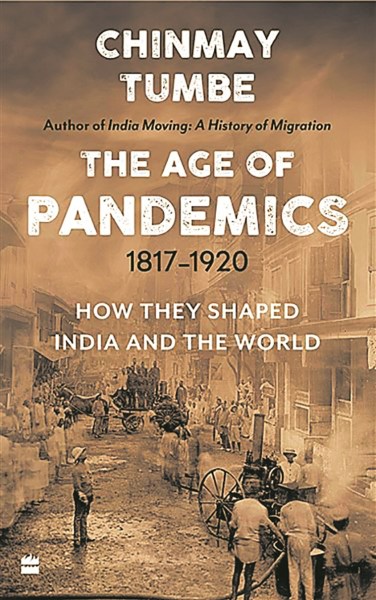
The history of infectious diseases is usually written from a Eurocentric or western perspective, with much research having gone into how entire societies were transformed by the great scourges of the past. Chinmay Tumbe’s book is an effort towards correcting this imbalance as it focuses primarily on how the 19th century cholera, plague and influenza pandemics affected the Indian subcontinent. Through oral histories, statistics, photographs and reportage, Tumbe builds up a narrative that gives these tragedies a familiar context.
As COVID-19 numbers continue to climb in India, this book offers valuable insights, from which we can draw contemporary lessons.